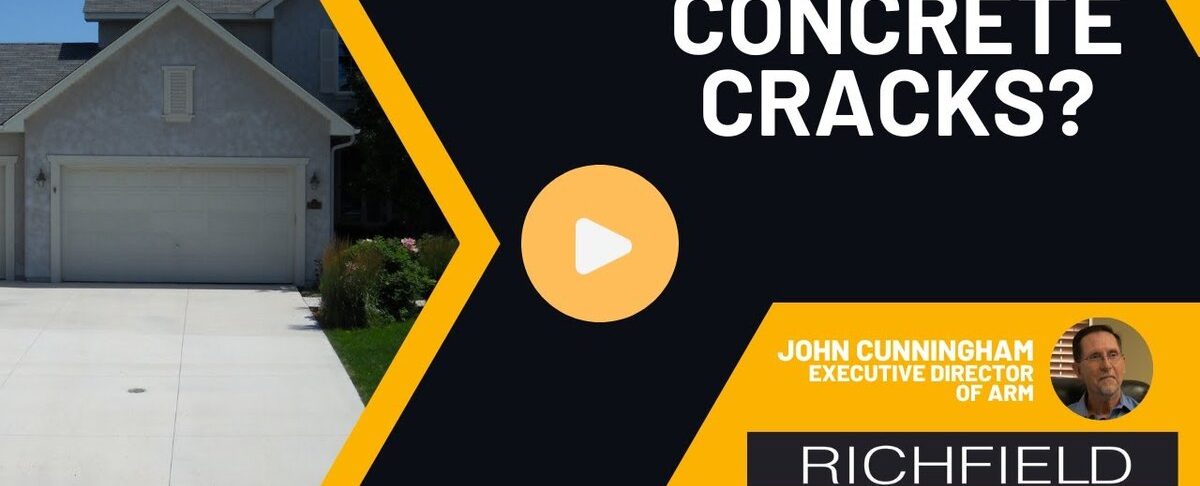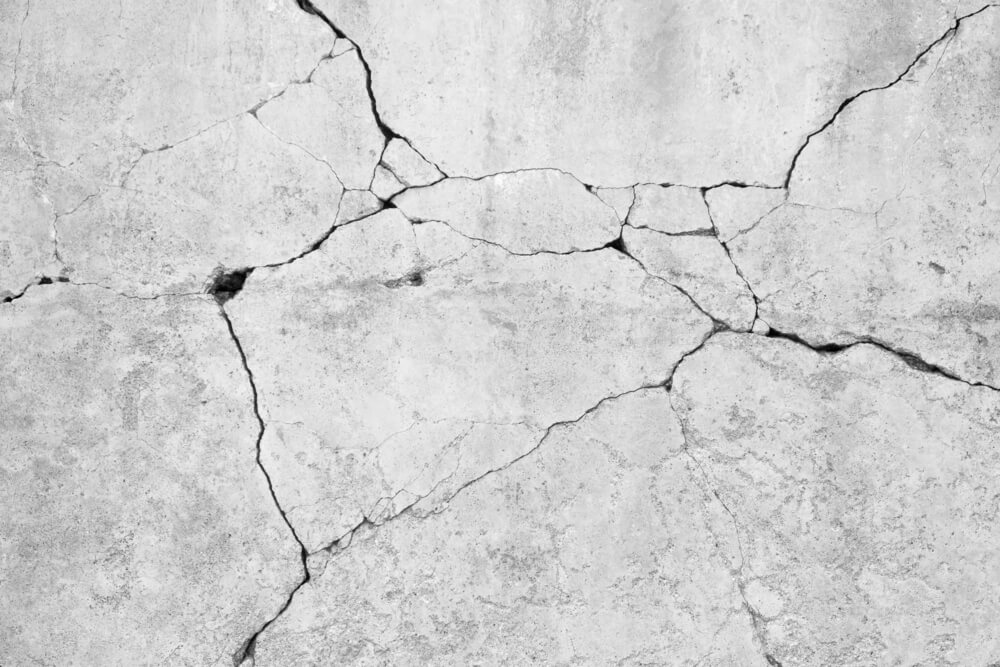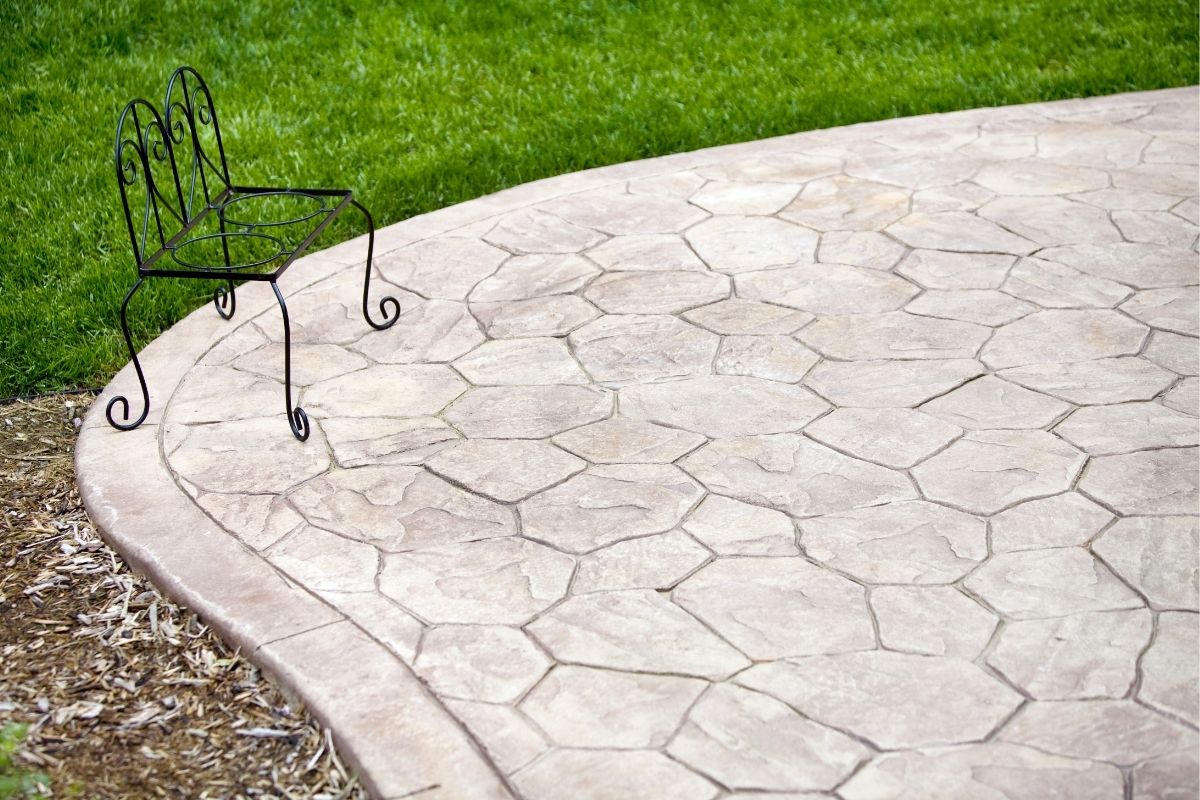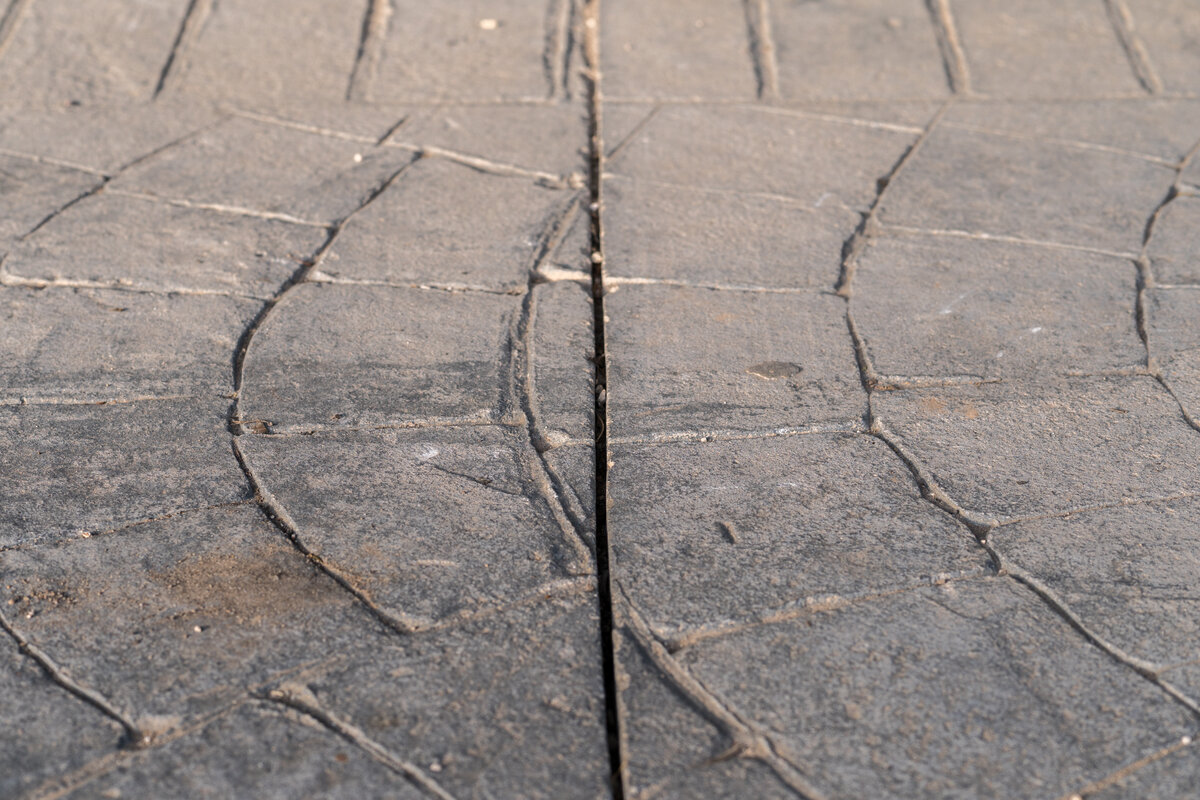Concrete is a widely used construction material for its versatility, durability, and strength. But as sturdy as it may seem, one question that often looms large is: does concrete crack eventually? The answer, more often than not, is yes. In this blog post, we’ll delve into the reasons why concrete cracks, how engineers plan for this eventuality, and what can be done to prolong the time until these cracks appear or to make them less problematic.
Why Does Concrete Crack?
Material Properties
Concrete is composed of a mixture of cement, sand, and aggregate, bound together by water. While it offers impressive compressive strength, concrete is relatively weak in tensile strength. Over time, the forces acting on a concrete structure—such as thermal expansion and contraction, soil movement, and the weight of the structure itself—can exceed its tensile strength, leading to cracks.
Environmental Factors
Other elements like weather conditions, moisture, and temperature fluctuations can also contribute to the process. Frozen water within concrete can expand and contract, causing it to crack over time. Moreover, external factors like tree roots, vehicular impact, and chemical exposure can accelerate the rate at which concrete deteriorates.
Using Joints to Control Cracking
Understanding that concrete will crack eventually allows engineers to take preemptive measures. One of these methods is the placement of joints in concrete slabs and pavements. These joints induce cracks at predetermined locations, ensuring that when the concrete does crack, it happens in a controlled and manageable manner.
Types of Joints
- Control Joints: These are designed to allow cracks to happen along them rather than at random places. They are usually placed at regular intervals.
- Expansion Joints: These are used to allow for the thermal expansion and contraction of concrete.
- Construction Joints: These are used between sequential concrete pours, offering a better grip for the newer pour.
Enhancements to Delay Cracking
Fiber Reinforcement
Concrete can be designed for greater longevity and resistance to cracking by adding fibrous materials. These fibers, often made of glass, steel, or synthetic materials, improve the tensile strength of the concrete. Although this doesn’t eliminate the possibility of cracking, it stretches out the time before cracks form.
Steel or Fiberglass Rod Reinforcement
Another option to delay the inevitable cracking is the use of steel reinforcements, especially in structural applications. These steel bars or mesh reinforcements not only increase tensile strength but also hold the cracks so tight when they do form that they may not even be visible or pose any significant problems.
Maintenance and Monitoring
Routine Inspections
It’s essential to perform regular checks for signs of wear and tear. Early detection of cracks can help in taking remedial action before they worsen.
Sealing and Filling
Small cracks can be sealed using epoxy or other filling materials, which can serve as a temporary fix. However, it is crucial to consult experts for a thorough evaluation and treatment.
Conclusion
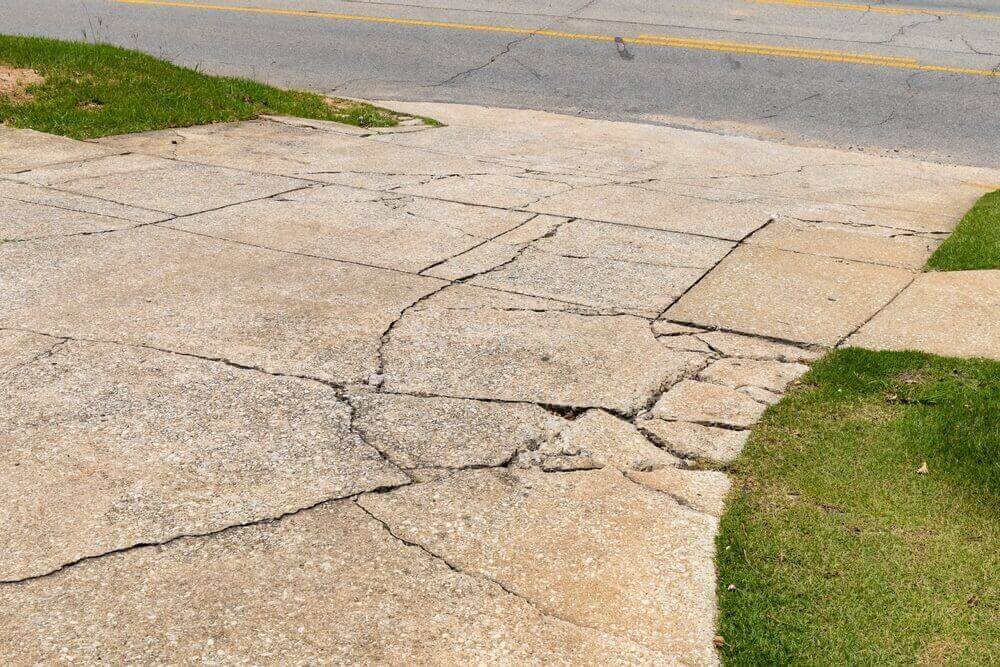
So, does concrete crack eventually? Yes, due to various factors like material properties and environmental conditions, it does. However, understanding these factors allows for better design and planning, such as the inclusion of joints and reinforcements. Through regular maintenance and monitoring, the effects of these cracks can be minimized, thus extending the life and integrity of a concrete structure. Contact Richfield Concrete today to speak with an expert about whether or not concrete cracks occur eventually.




